space agency
The ESA ( European Space Agency ), is an organisation comprised of various states who's goas are to explore the vast expanse of space. Established in 1975, Paris France, it's made up of various founding regions from all over Europe, inlcluding Germany Spain and many others in between. In 1978 the ESA colaborated with NASA ( National Aeronautics and Space Administration ) to create the first ever high orbit telescope which was up and running up until 1996, lasting almost 20 years. During it's lifespan the telescope was used to collect data on ultraviolet rays, which could not be captured by telescopes that were used back on the ground.
In 1986 the ESA had launched it's first space mission, to explore the Halley's comet, one of very few comets who are visible to the naked eye, and one which only appears rarely in a humans lifetime once every 75 years, give or take.
In 1989 the Hipparcos satellite was launched, it's mission was to map out the stars, it managed to create an archive of almost 120 thousand stars.
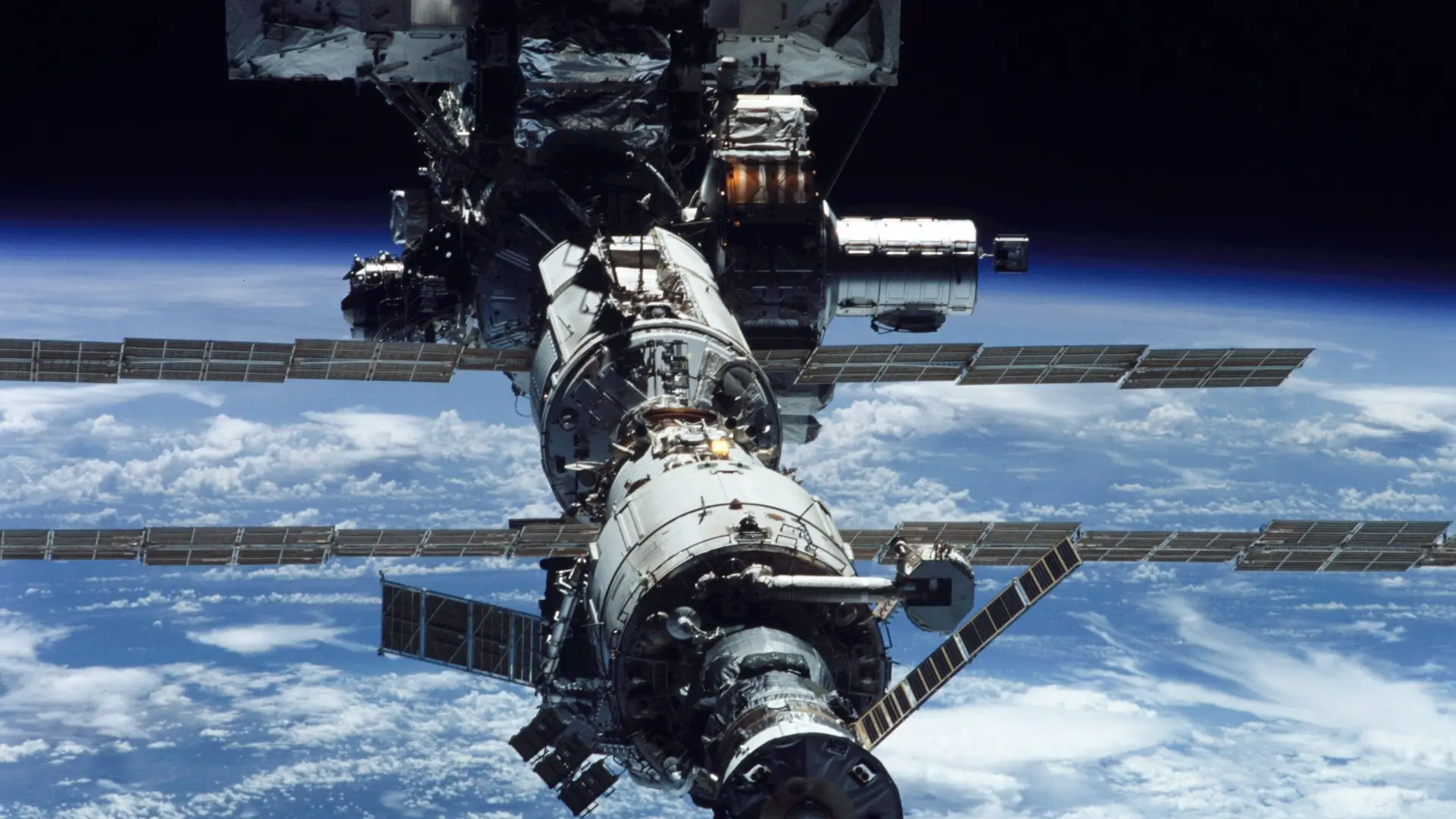
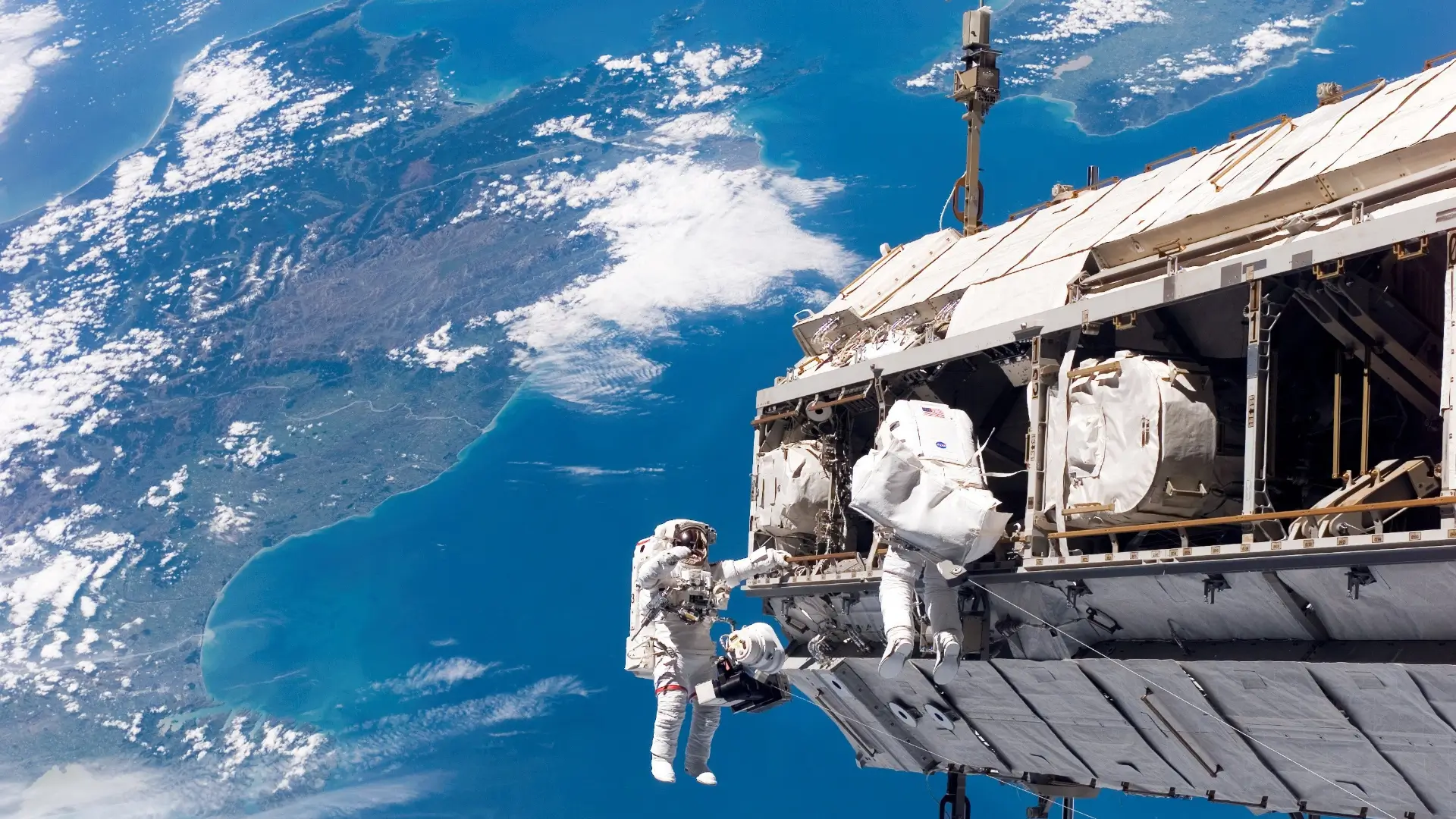
A couple of years later, SOHO was launched ( Solar Heliospheric Observatory ), it's function was to study various aspects of the sun, in the process though it managed to register well over 4 thousand comets. While SOHO was only meant to be functional for two years, the satellite has actually been in use for over 25 years, collecting various invaluable data, in fact it's even still in use to this very day, and it's planned to be kept in use until at the very least 2025.
Around this same time, the telescope that is most commmonly known around the world, the ( Hubble Space Telescope ) was launched in the 90's and still remains in use to this very day, remaining as one of the most instrumental tools used for space research, this great telescope was named after the renown astrologer Edwin Hubble.
Most of these space ventures were done in collaboration with NASA, who are still collaborating in various facets of space exploration and research, and with the Ariane expendable launching system which is currently slated to launch later this year.
Now an organisation that was established prior to the ESA was that of NASA ( National Aeronautics and Space Administration ) which was originally known as the NACA ( National Advisory Committee for Aeronautics ) and was established in the 1946, where they started of experimenting with a variety of different aeronautics, some of which were rocket powered aeroplanes.
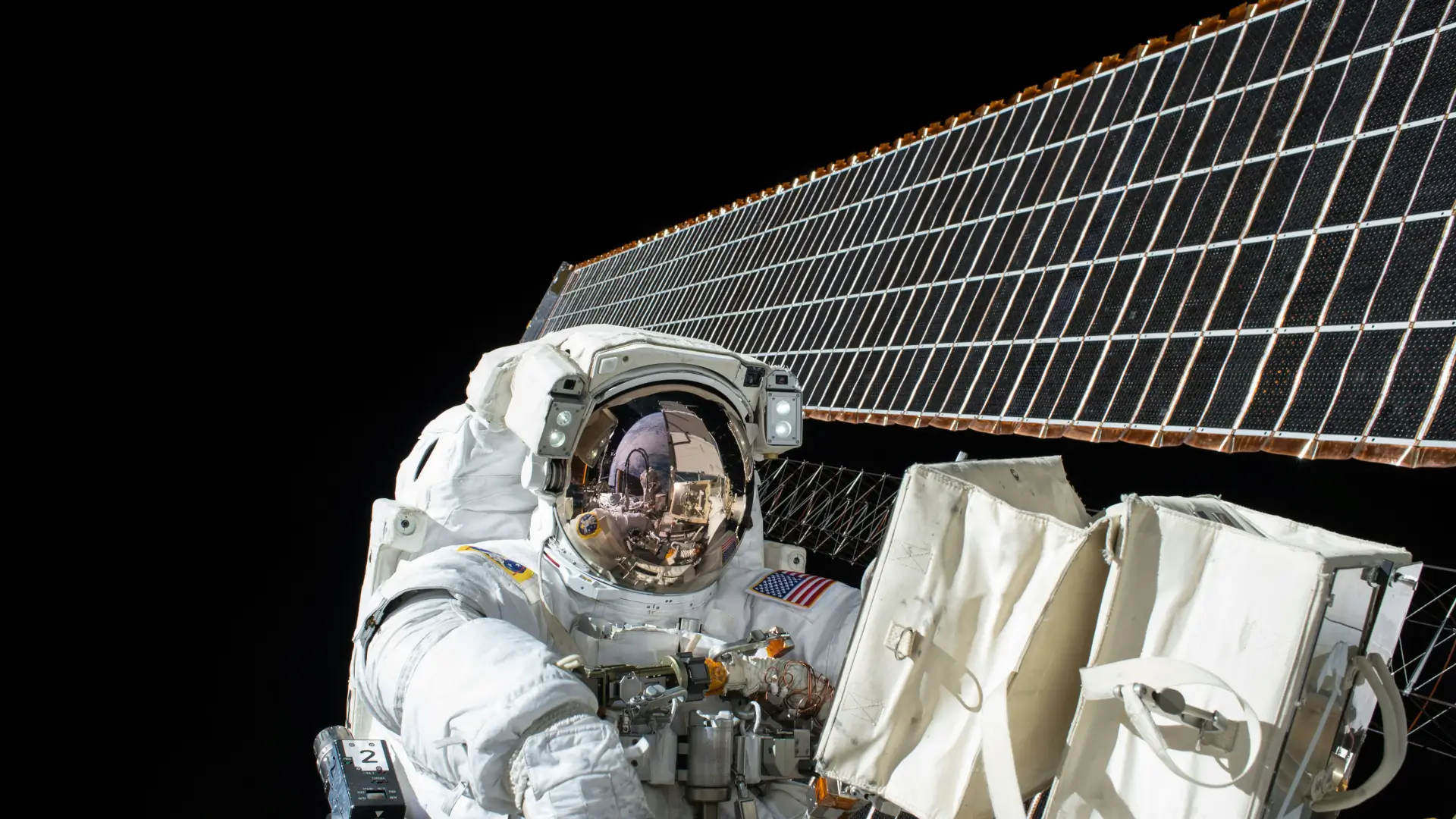
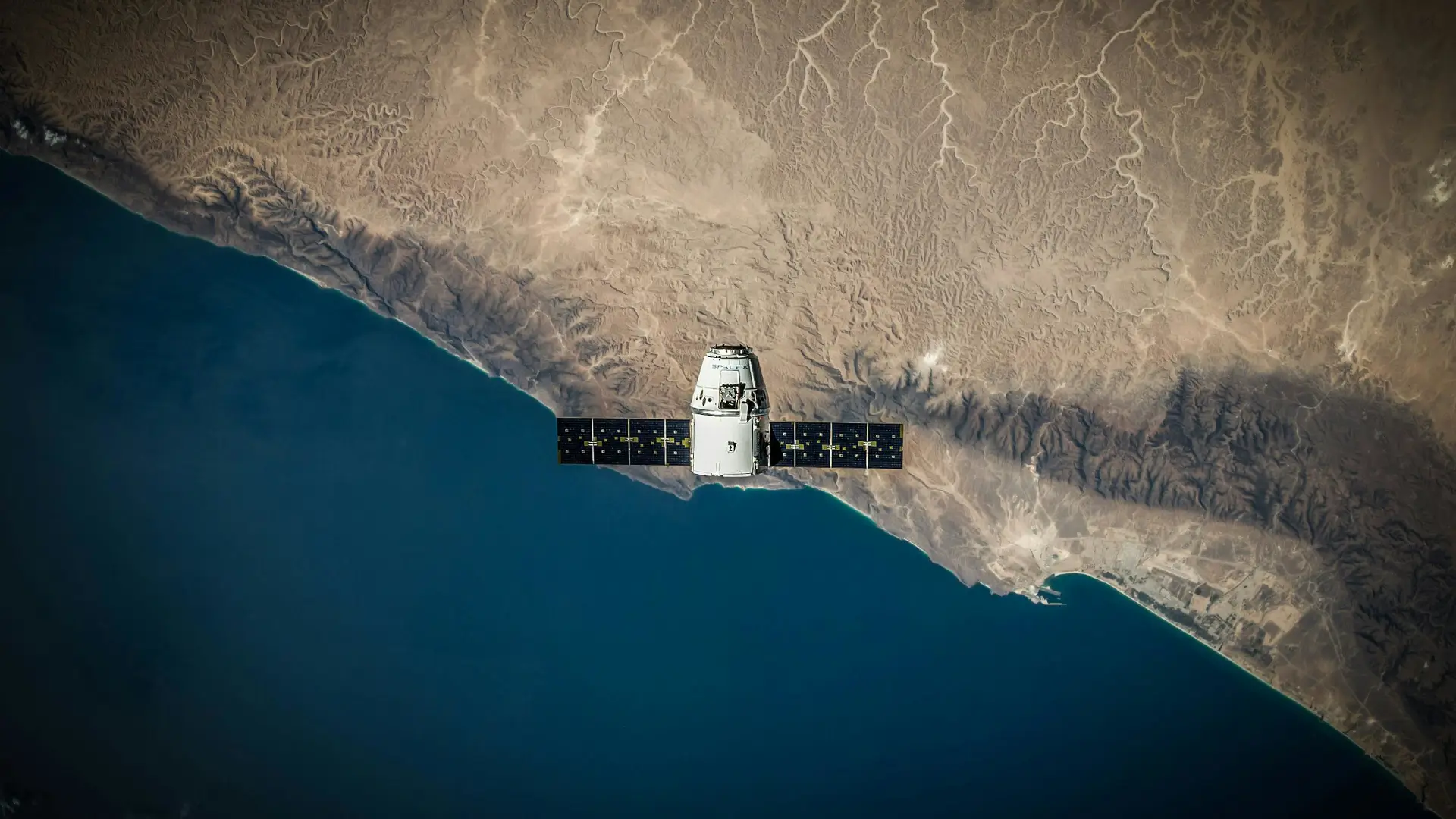
Starting in the late 1950's NASA was formed to create a satellite for the USA, this in turn was in response to the the Soviet Union launching their very own satellite known as Sputnik-1. Nasa was then formed with some of the most brilliant minds of it's time, ranging from scientists that were the top experts in their fields, along with the best pilots who had received the highest honour in aviation, their first successful attempt launched the Explorer-1, marking the beginning of the United States Space Age.
Not long after the successful launch of Explorer-1 NASA's next goal, was to see if it would be possible for humanity to be able to explore the vast expanse of space, from this ideal Project Mercury was born. This resulted in six manned flights in the early 1960's, various functionaly was tested and astoundingly achieved, varying from various elements such as orbiting around earth and the functionality of retrieving space crafts amongst others.
Following on from Project Mercury's success was born the desire to push boundaries, and from that desire Project Apollo was born. This was indeed where the ever infamous quote stemmed from - 'A small step for man, and a giant leap for mankind' which was said by none other than Neil Armstrong, the first ever human being to have stepped foot on the moons surface following the Apollo 13 mission. This marked a herculean achievement for everyone involved and a monumental moment in human history.
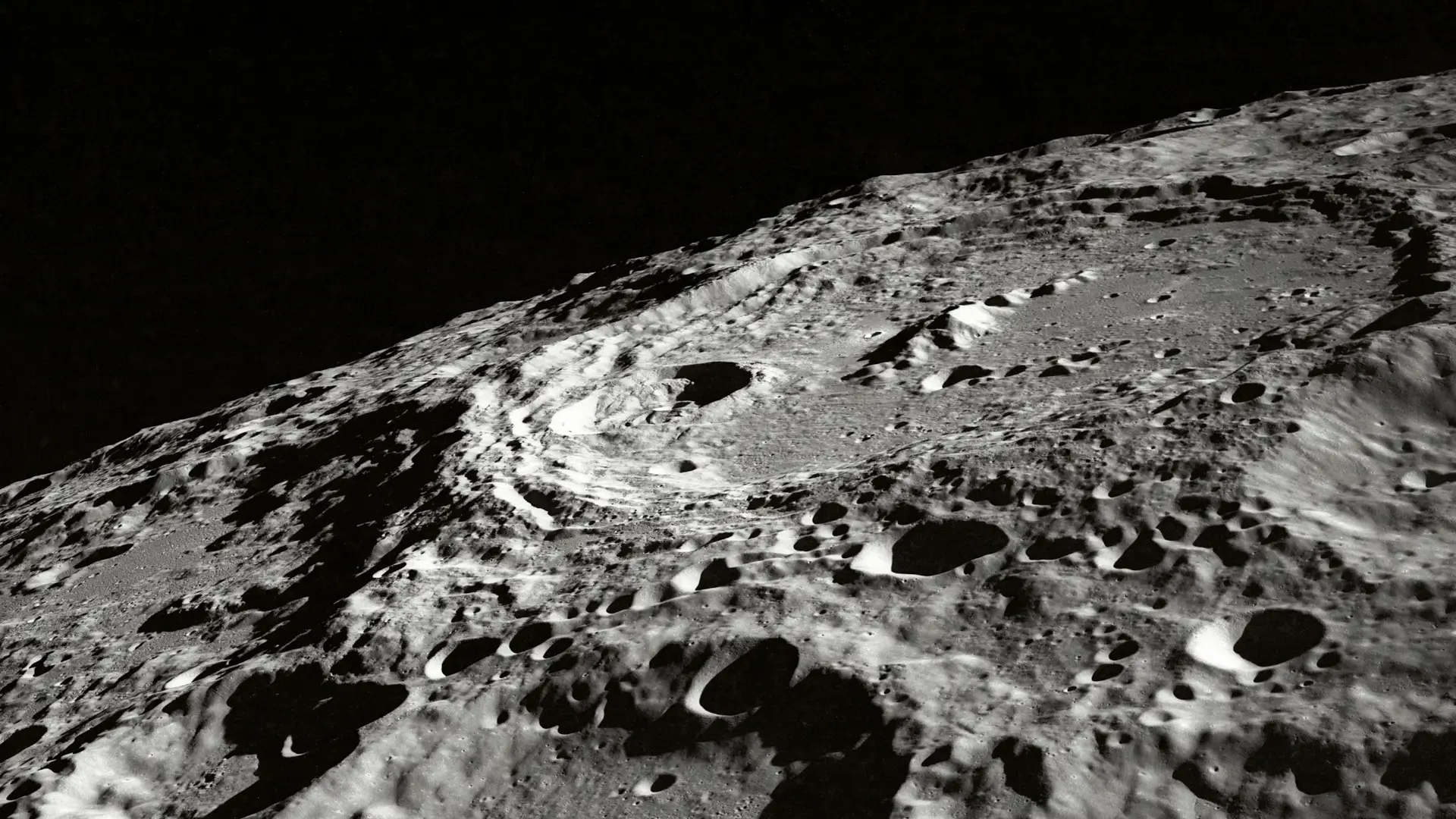
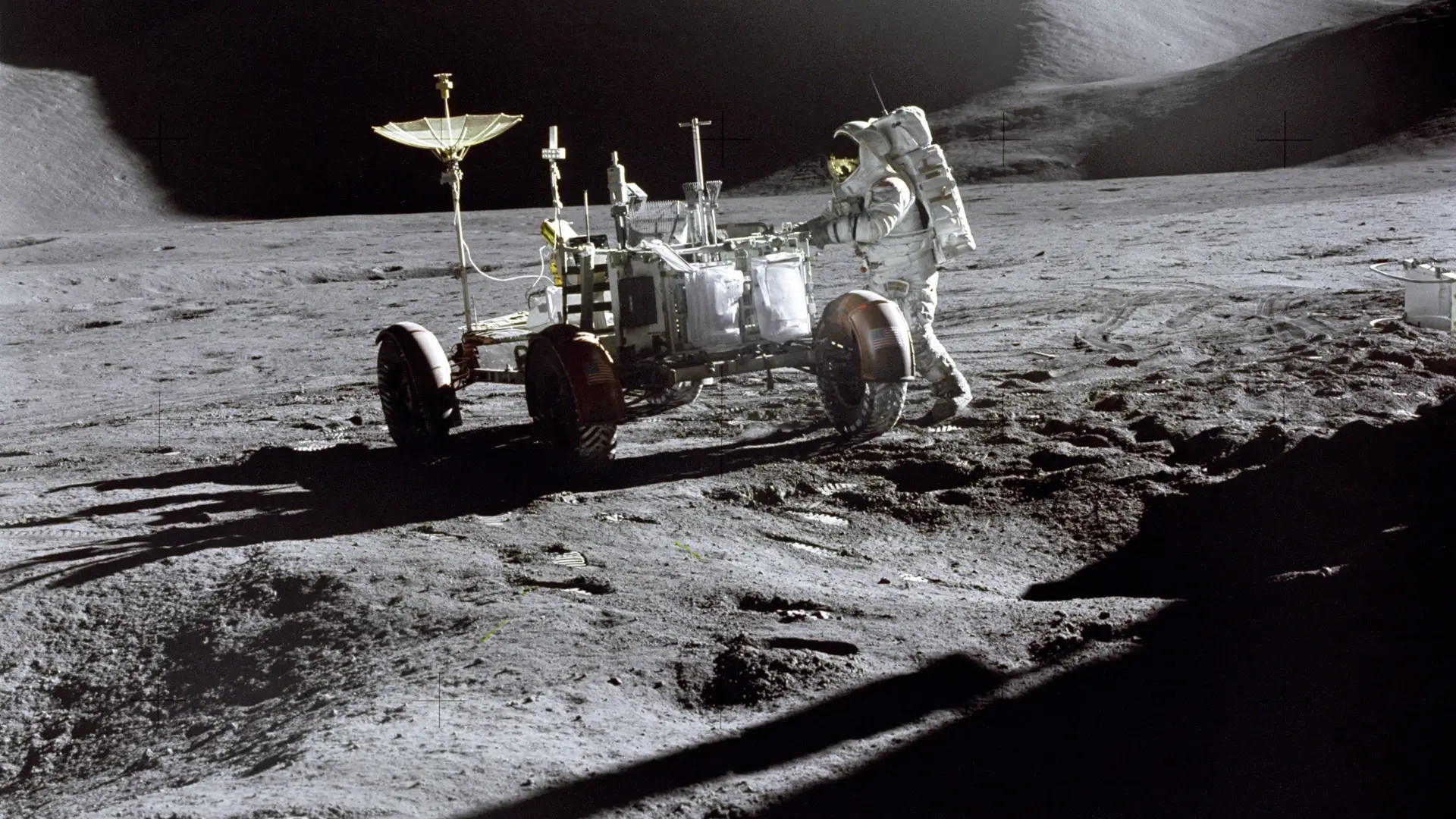
Apollo 13 managed to bring back over 300kg of moon rock and soil composition, this was an incredible help for scientists to study and analyze , this would help better understand various aspects of the moons surface composition. Now this wasn't the end for the Apollo Project , various other missions were and have been conducted for a variery of reasons, some were to collect further samples of the moons surface while others were used to retrieve parts of another lander.
Another big milestone was the ability to drive a vehicle on the moon's surface. The Moon Rover was used to travel a long distance, while conducting various tests and to further collect samples of the moon's surface for continous testing back home on Earth.
The Apollo Missions lasted from 1967 to 1972, and were manned by many incredibly talented astronauts, unfortunately not every Apollo mission was a sucess, and some were even catastrophic making NASA review the way did they things. Since then NASA has since cancelled a handful of Apollo Mission attempts, but who's to say that they won't bring back Apollo, and the new heights humanity might be able to reach.